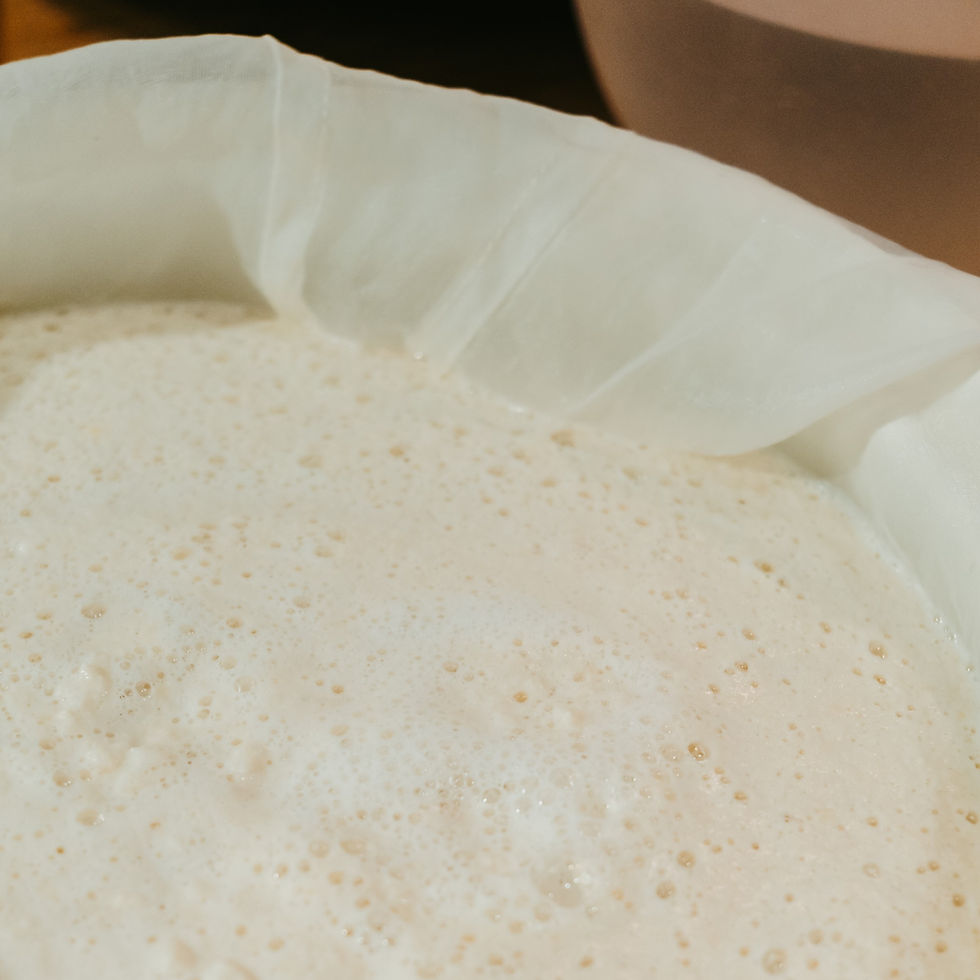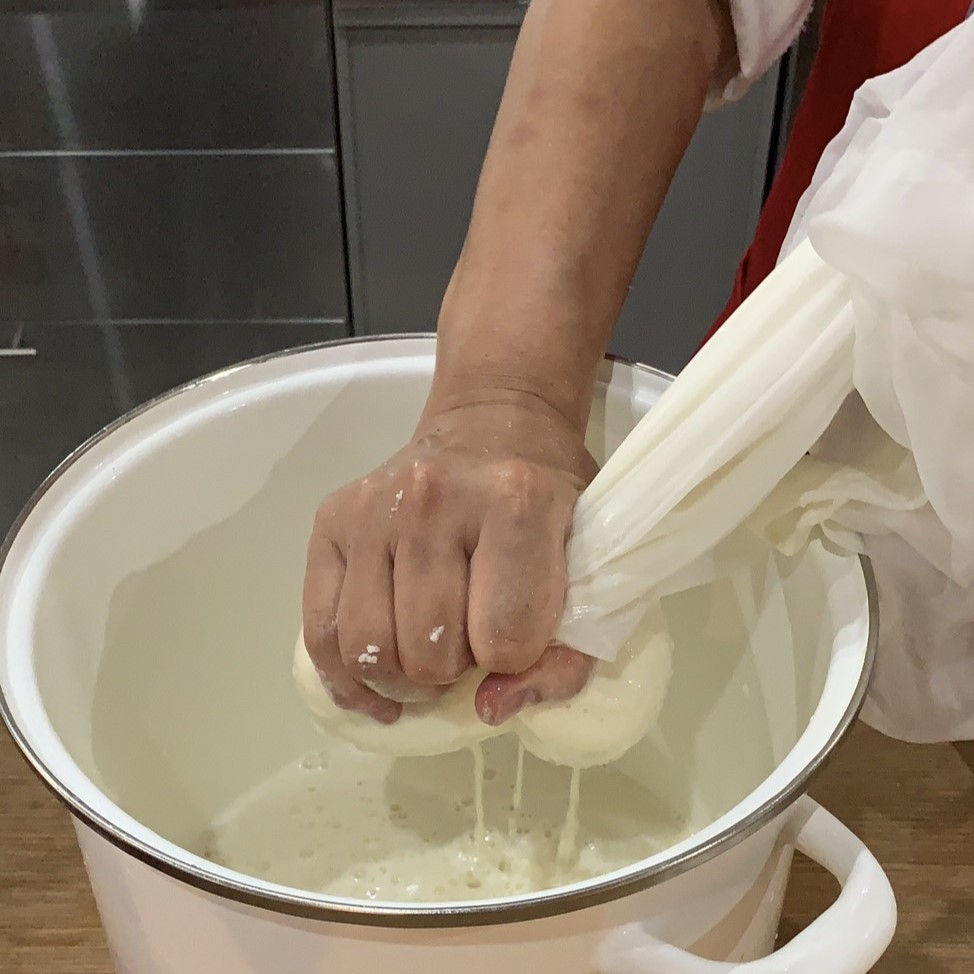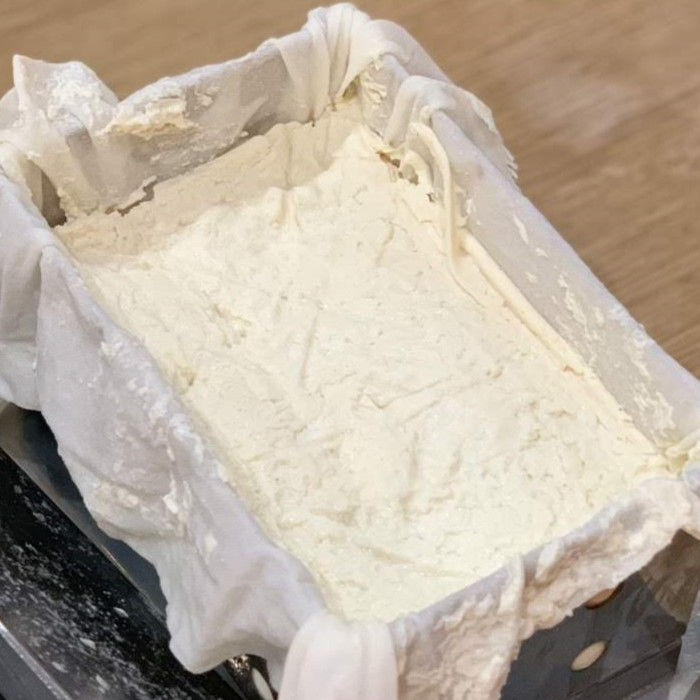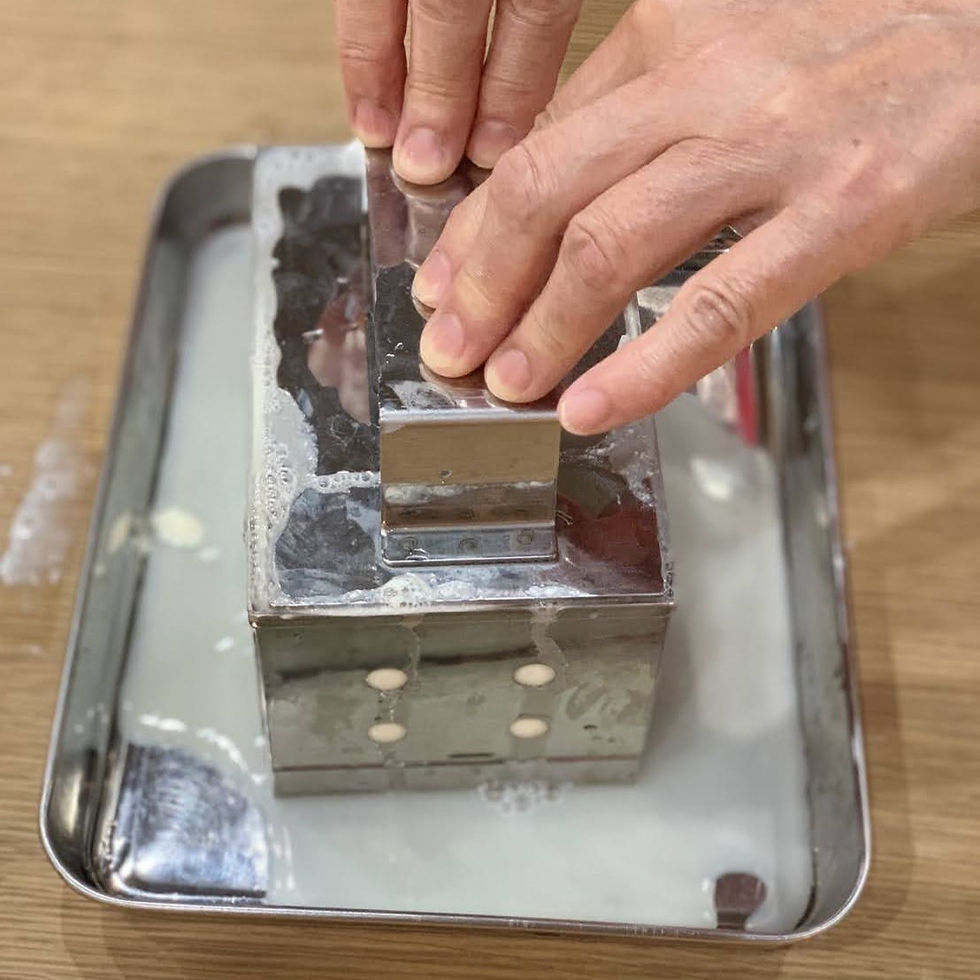How to Make Homemade Tofu from a Tofu Meister
- Shinya Yamada
- Jul 16, 2024
- 3 min read
Updated: Sep 24, 2024

How to Make Homemade Tofu, by Kai Moriyama, a Tofu Meister
Let me introduce how to make homemade (handmade) tofu, taught by Kai Moriyama, a tofu meister from the long-established tofu shop "Katsuno Tofu" (founded in 1942) in Kagurazaka, Shinjuku.
First, join the "Tofu Making Class" led by Kai Moriyama, the tofu meister, to learn the secrets of tofu making. Then, read through this guide on how to make homemade tofu and create your own delicious tofu at home. Tofu making is also a great educational activity for children and is perfect for vegetarians. Enjoy making and savoring the best tofu you've ever tasted.

Tofu Making Process
Ingredients
300g soybeans
12g nigari
1 liter of 80°C water
Equipment
Blender
Thermometer
Wooden spatula
Measuring cup
Ladle
Bowl
Straining bag and cloth
Tofu mold
Preparation the Day Before
Wash 300g of soybeans thoroughly and soak them in plenty of water (at least three times the volume of the soybeans).
Note: Soak for about 14 hours in winter and about 8 hours in summer.
Understanding "Go" and "Nigari" in Tofu Making
Go (Soy Pulp)
"Go" is a term used in tofu making to refer to the mixture of ground soybeans and water. This mixture is created by blending soaked soybeans with hot water until it becomes a thick, slightly grainy paste. The "Go" is then strained to separate the liquid (soy milk) from the solid pulp (okara). The soy milk is used to make tofu, while okara can be used in other dishes.
Nigari (Coagulant)
"Nigari" is a natural coagulant used in tofu making. It is derived from seawater and mainly consists of magnesium chloride. Nigari is essential in the tofu-making process because it causes the soy milk to coagulate and form curds. These curds are then pressed into tofu. The amount and type of nigari used can affect the texture and flavor of the tofu, making it a critical ingredient in the process.
Step 1: Pre-preparation
Drain the soaked soybeans using a colander.
Wet the straining bag with water and squeeze out the excess water.
Prepare diluted nigari by mixing approximately 12g of nigari with five times the amount of water (totaling 60g).

Step 2: Making the "Go"
For each cup of soybeans, add one cup of hot water to the blender.
Blend until the mixture becomes thick and slightly grainy when rubbed between your thumb and index finger, then transfer it to a bowl.
Repeat until all soybeans are processed, then add any remaining hot water to the blender, blend briefly, and transfer to the bowl.

Step 3: Straining the "Go" to Make Soy Milk
Pour the blended mixture into the straining bag and squeeze thoroughly to separate the soy milk from the okara (soy pulp).
Pour 1 liter of soy milk into a pot.

Step 4: Heating the Soy Milk
Start by heating the soy milk over high heat, stirring constantly with a wooden spatula to prevent burning.
Once it boils and foam rises, turn off the heat. When the foam subsides, simmer on low heat for 10 minutes, stirring occasionally.
Turn off the heat and let it cool to just below 80°C.

Step 5: Adding the Nigari
Stir the soy milk in a circular motion to create a whirlpool.
Once a whirlpool forms, quickly pour in the nigari.
Stir rapidly three times, then use the wooden spatula to stop the whirlpool.
Note: The soy milk will start to coagulate within 3 seconds, so stir quickly.

Step 6: Coagulation
Cover the pot with a lid and let it sit for 10 minutes.
Note: At this stage, you have "Yose Tofu" (soft tofu).

Step 7: Molding the Tofu
Line a tofu mold with a wet cloth, and scoop the tofu mixture into the mold using a ladle.
Smooth the surface, wrap it with the cloth, cover with a lid, and place a weight on top. Let it sit for 10 minutes.

Step 8: Removing the Mold
Remove the lid, place a tray or plate on top, invert it, and gently remove the mold.
Note: You can also prepare a bowl of water and remove the mold while submerged in the water.

Delicious tofu is ready. Enjoy!

Book Experience
How to Access Kagurazaka
The Kagurazaka area is conveniently located within 30 minutes from any major station in Tokyo. This is because Kagurazaka is situated in the heart of Tokyo, at the center of the Yamanote Line. Please come and visit this convenient and charming Kagurazaka.

Comments